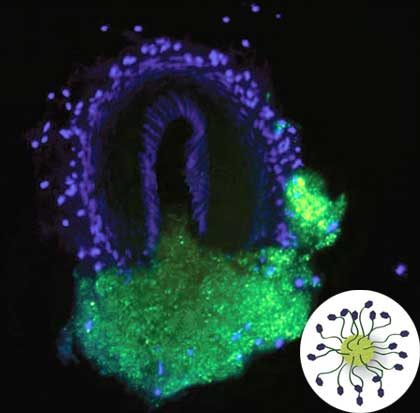Synthetic platelets that help close wounds

Researchers at Yale University in Conneticut have developed a series of special spheres that help platelets curb blood loss. By testing it in rats they discover that these synthetic platelets shorten the time it takes the body to close a certain wound.
Platelets come out of blood as they form plugs in the wound area. They attach to the walls of blood vessels, platelets also bind to each other and bind to proteins involved in coagulation.
However, when wounds are very large, platelets are not able to completely close the wound. In these cases, or when the injured person does not have enough platelets, platelet transfusions can be performed to help close the wounds. However, donors only live five days and risk infection.
To prevent these problems, researchers at Yale University have been creating synthetic platelets for six years. Designers have two components: a spherical material absorbable from the body, with a tenth of the diameter of natural platelets, and a three-amino acid spike, able to bind with platelets, attached to a polyethylene glycol coil.
The spheres were injected intravenously into the rats and the spheres were introduced by themselves into the clot that was then forming. Scientists have concluded that synthetic platelets help bind the natural. They say it has been one of the first times a bleeding has been cut intravenously.
Image courtesy of: Artificial green platelets stacked in a clot (clot divided in half). On the right, illustration of an artificial plate created). Science/AAAS
Buletina
Bidali zure helbide elektronikoa eta jaso asteroko buletina zure sarrera-ontzian











